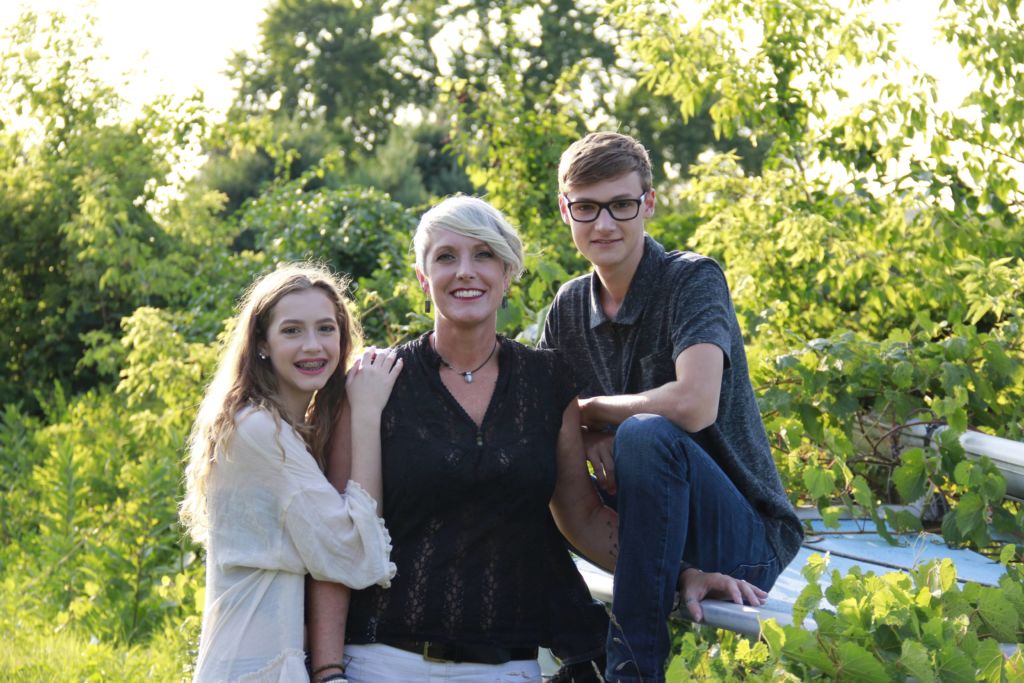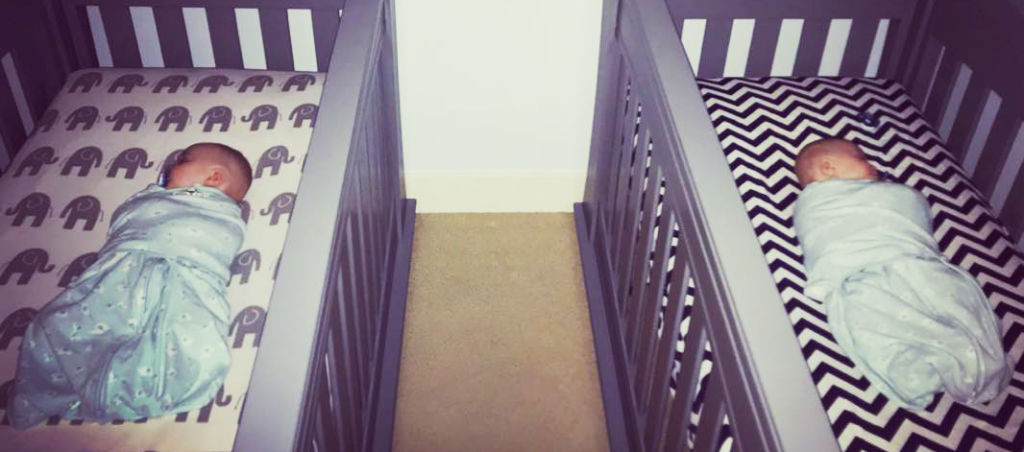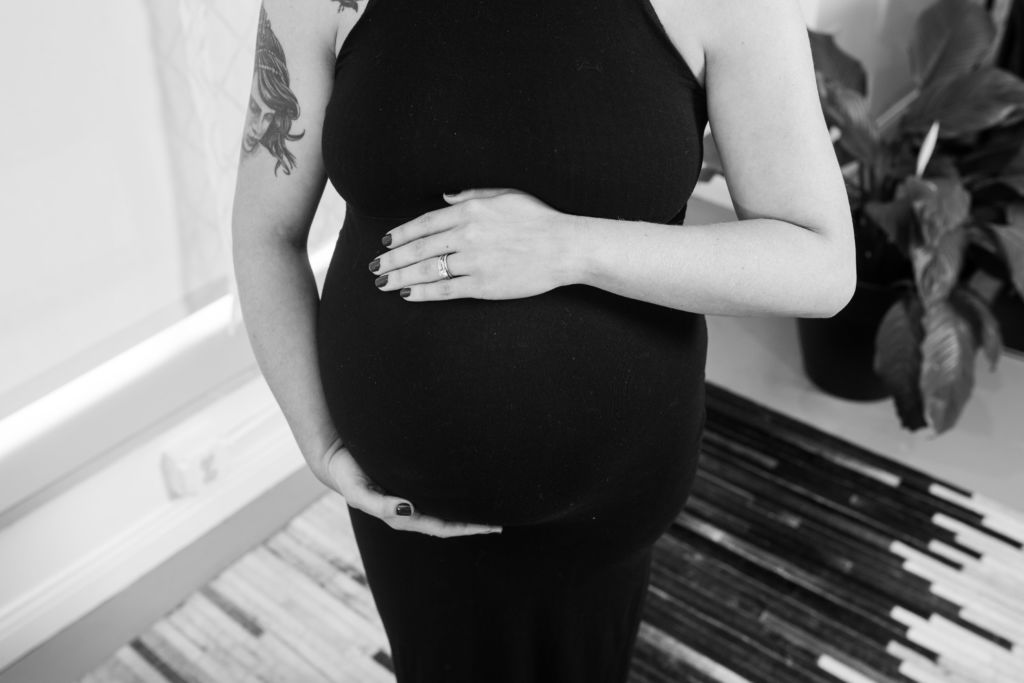Meet our new IBCLC, Cami!

We are so excited to announce that we now have a Lactation Consultant on the lakeshore! Cami comes to Gold Coast with an amazing medical background and almost 20 years of experience as an IBCLC. Let’s get to know her a little better. 1) What did you do before you became an IBCLC? I have […]
7 Things You Didn’t Know About Breastfeeding

Today’s guest blog is written by Natalie Michele of Maternity At Home. As soon as you start to breastfeed, most of the women you meet on a daily basis, including your mom, friends, and even acquaintances, will have one or two things to tell you about what to do when nursing a baby. Some will […]
Newborn Sleep Tips

As a sleep consultant, I get asked often how early you can sleep train a baby. My answer is this – Most babies are ready around 12 weeks, but it’s never too early to start introducing heathy habits to make the sleep training go smoothy when baby is ready. Why 12 weeks? Most babies are […]
Nursing & The Entrepreneur

Today’s guest blog is from our dear friend, Kristina Bird. She is a partner with The People Picture Company, a photography studio located in the heart of downtown Grand Rapids committed to producing magazine quality photography for all of life’s milestones. Sitting in my car, the beating hum of my pump out of sync with […]
My role as a postpartum doula.

Our very own Jamie Platt, BSN, RN, CLC, CPST shares her personal insights on what it’s like to be a postpartum doula. What is the role of a postpartum doula? What does it look like, and how might a doula support the breastfeeding relationship between mom and baby? A postpartum doula can take care of […]
Podcast Episode #21: Supporting a Cesarean Birth

April is C-section Awareness Month! On this episode of Ask the Doulas, Alyssa and Ashley talk about how birth doulas provide support during a Cesarean section delivery. You can listen to the full podcast episode on iTunes or Soundcloud. Alyssa: Hi, welcome to Ask the Doulas with Gold Coast Doulas. I am Alyssa, co-owner […]
Tandem Nursing
This article was written about four years ago by Kristin when she was tandem nursing both of her children. She recently stumbled upon it and we thought it would be a beautiful piece to share with all of you! I never imagined myself as a tandem nursing mom, it just worked out that way. My […]
Podcast Episode #9: How to Handle a Six-Week NICU Stay

On this episode of Ask the Doulas, Tricia talks about her experience with her twins staying in the NICU for six weeks. You can also listen to this podcast on iTunes. Alyssa: Hi, welcome to another episode of Ask the Doulas with Gold Coast Doulas. I am Alyssa, co-owner and postpartum doula, and today we’re […]
Why Take a Breastfeeding Class?

Why Take a Breastfeeding Class? We are pleased to present a guest blog by Shira Johnson, IBCLC . Breastfeeding is natural, right? Well, yes… But it doesn’t always come naturally! Just like parents educate themselves about pregnancy and birth, it’s valuable to have basic knowledge about breastfeeding before baby arrives (we don’t read up on […]
Your Confusing Little Mammal

We are honored to feature a guest blog from Kelly Wysocki-Emery, RN, IBCLC from baby beloved, inc. Kelly went to college to become a psychologist, but after the experience of birthing and breastfeeding her first baby, she was “hooked” on the incredible miracle of it all. She decided that she wanted to help other mothers with […]


